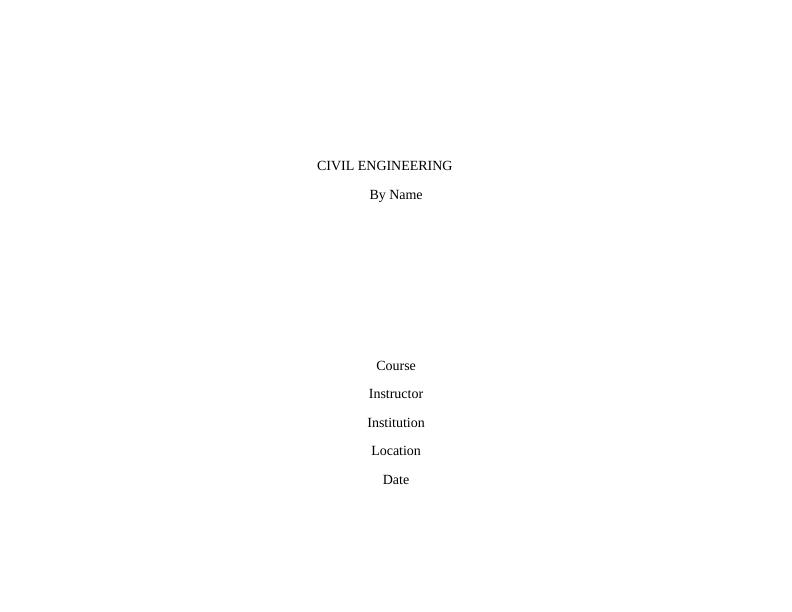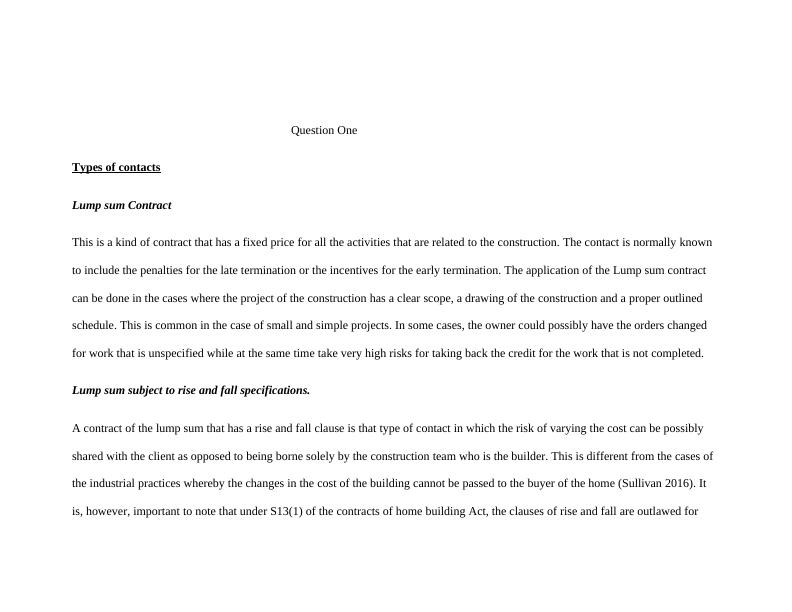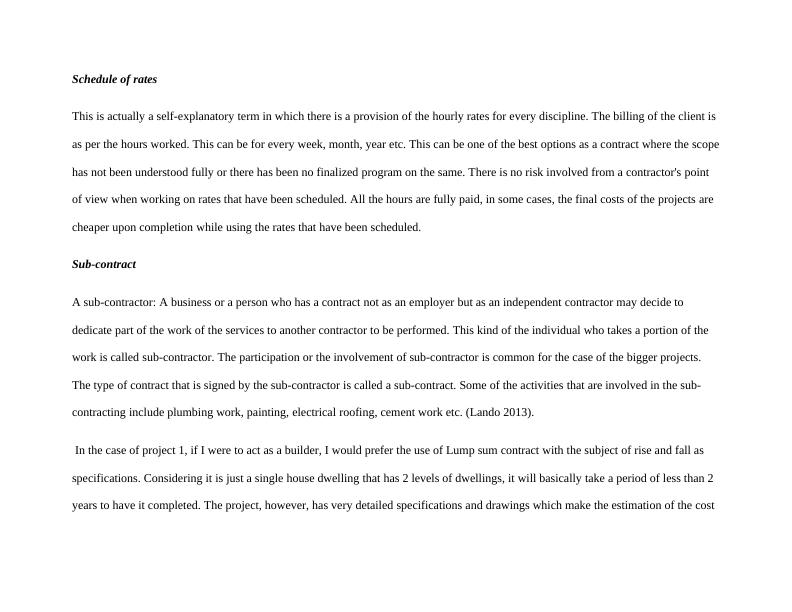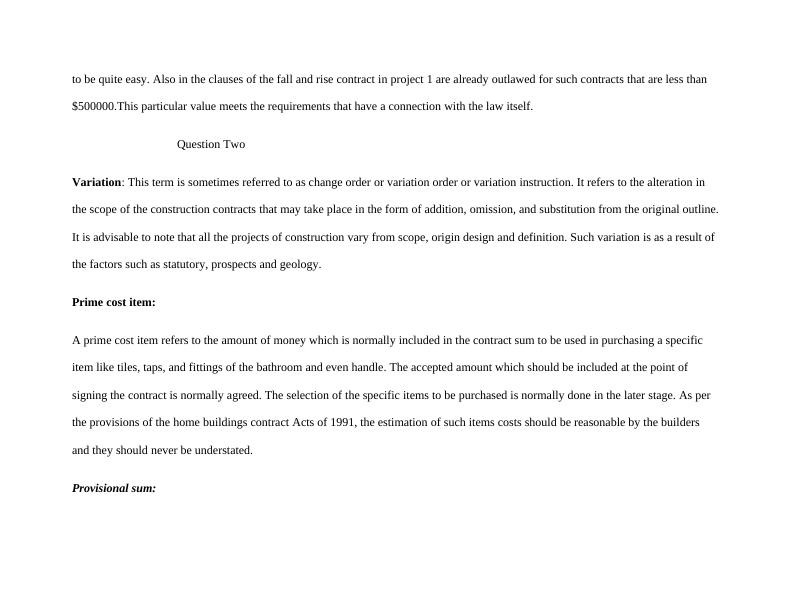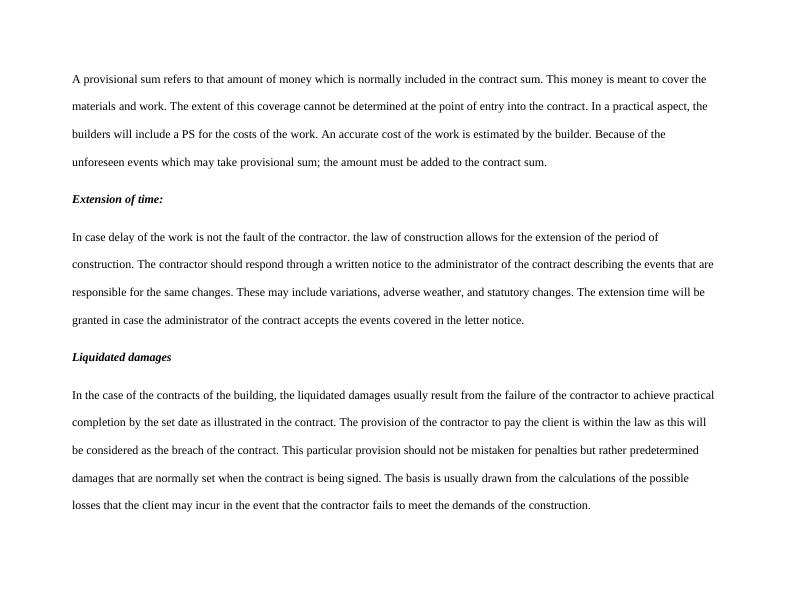Types of Contracts in Construction
Briefly describe types of contracts and their application to building projects, define and explain contract terms, list and explain essential features of a building contract, discuss possible causes of breach of contract by the client and the builder.
27 Pages5563 Words436 Views
Added on 2023-04-06
About This Document
This article discusses the various types of contracts in construction, including lump sum contract, cost plus percentage, project management, and more. It explains the characteristics and uses of each contract type, as well as their advantages and disadvantages. The article also provides insights on choosing the right contract for a construction project based on its scope, complexity, and other factors. Whether you're a builder or a client, this article will help you understand the different contract options available in the construction industry.
Types of Contracts in Construction
Briefly describe types of contracts and their application to building projects, define and explain contract terms, list and explain essential features of a building contract, discuss possible causes of breach of contract by the client and the builder.
Added on 2023-04-06
ShareRelated Documents
End of preview
Want to access all the pages? Upload your documents or become a member.
Types of Contracts in Construction: Lump Sum, Cost Plus, Time and Material, Unit Pricing
|2
|598
|71
(PDF) Fundamentals of Construction Contracts
|14
|2791
|78
Low-Rise Construction Project Contract: Drawing and Design Type
|5
|1184
|425
Australian building Industry Assignment PDF
|32
|6168
|180
Construction Contracts
|32
|5981
|214
CPCCBC4009B: Assessment 3
|8
|1295
|51

